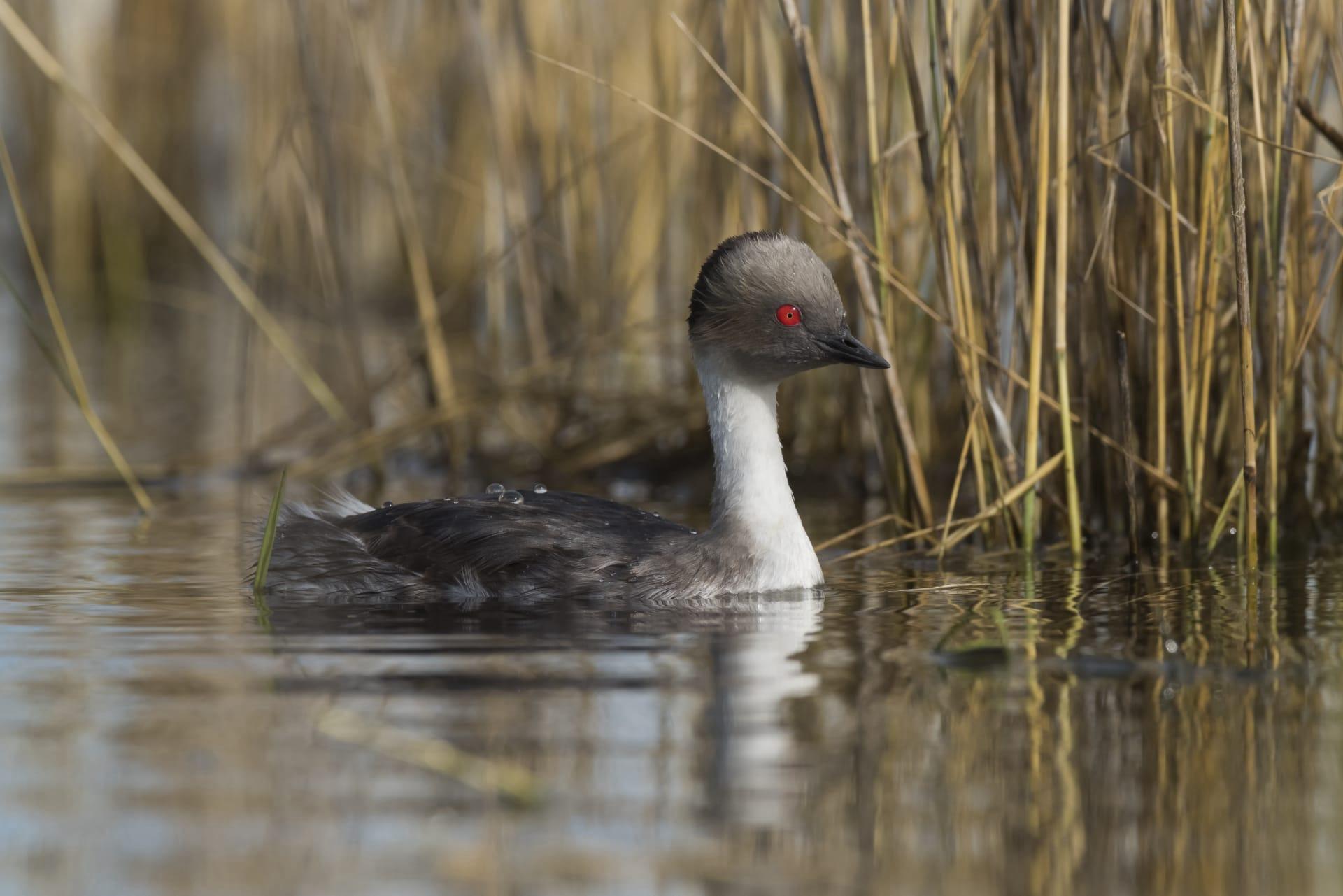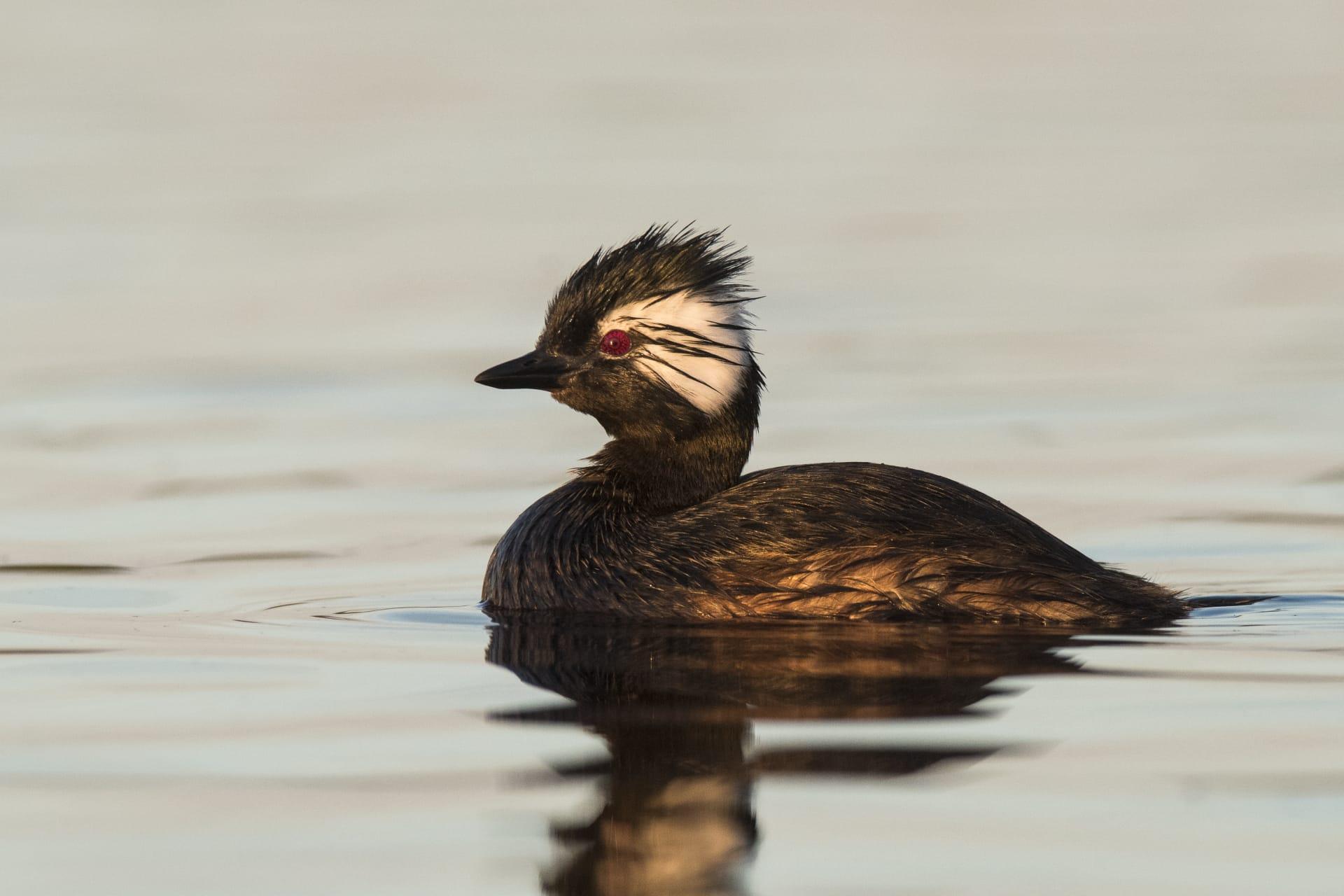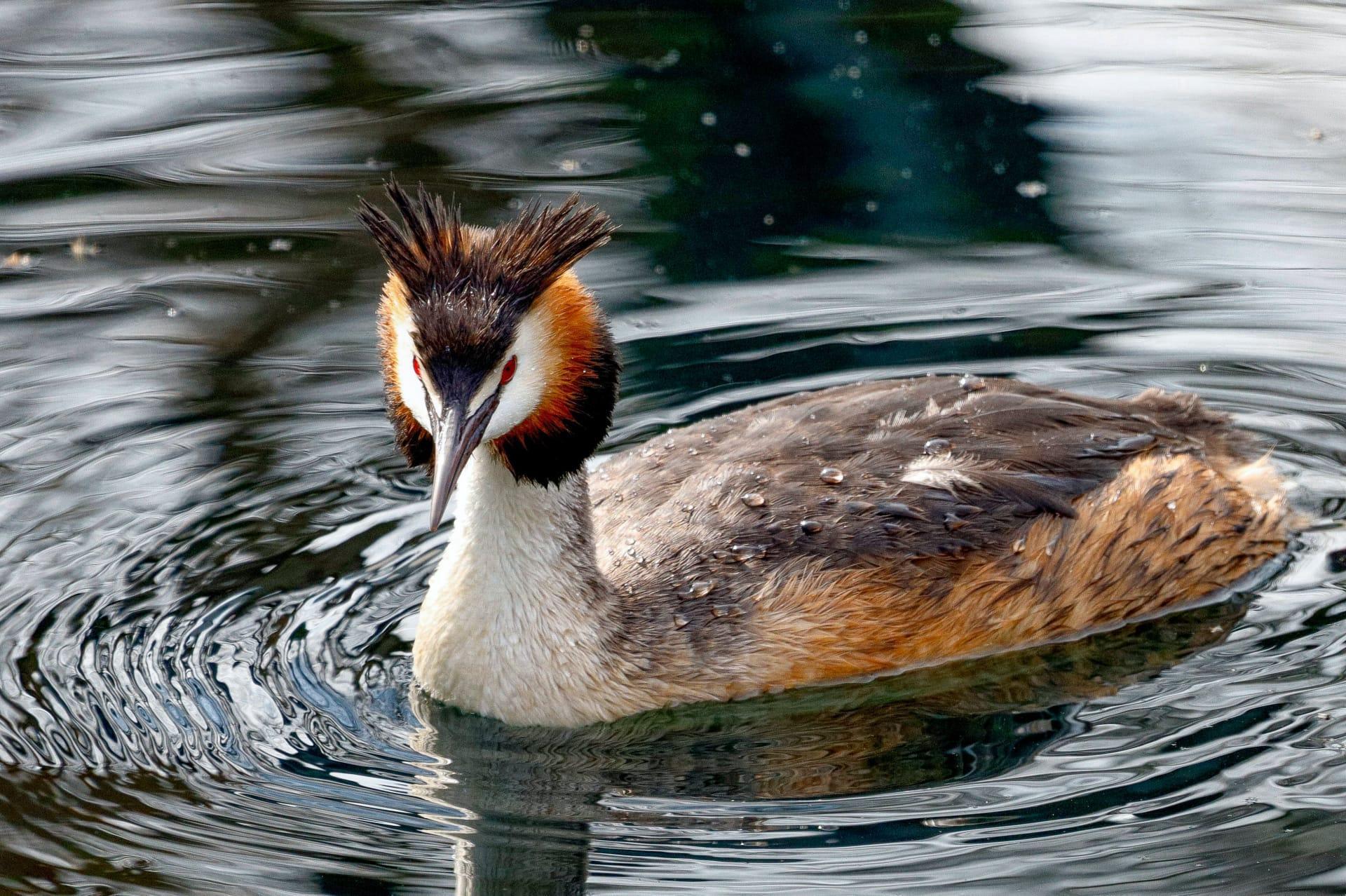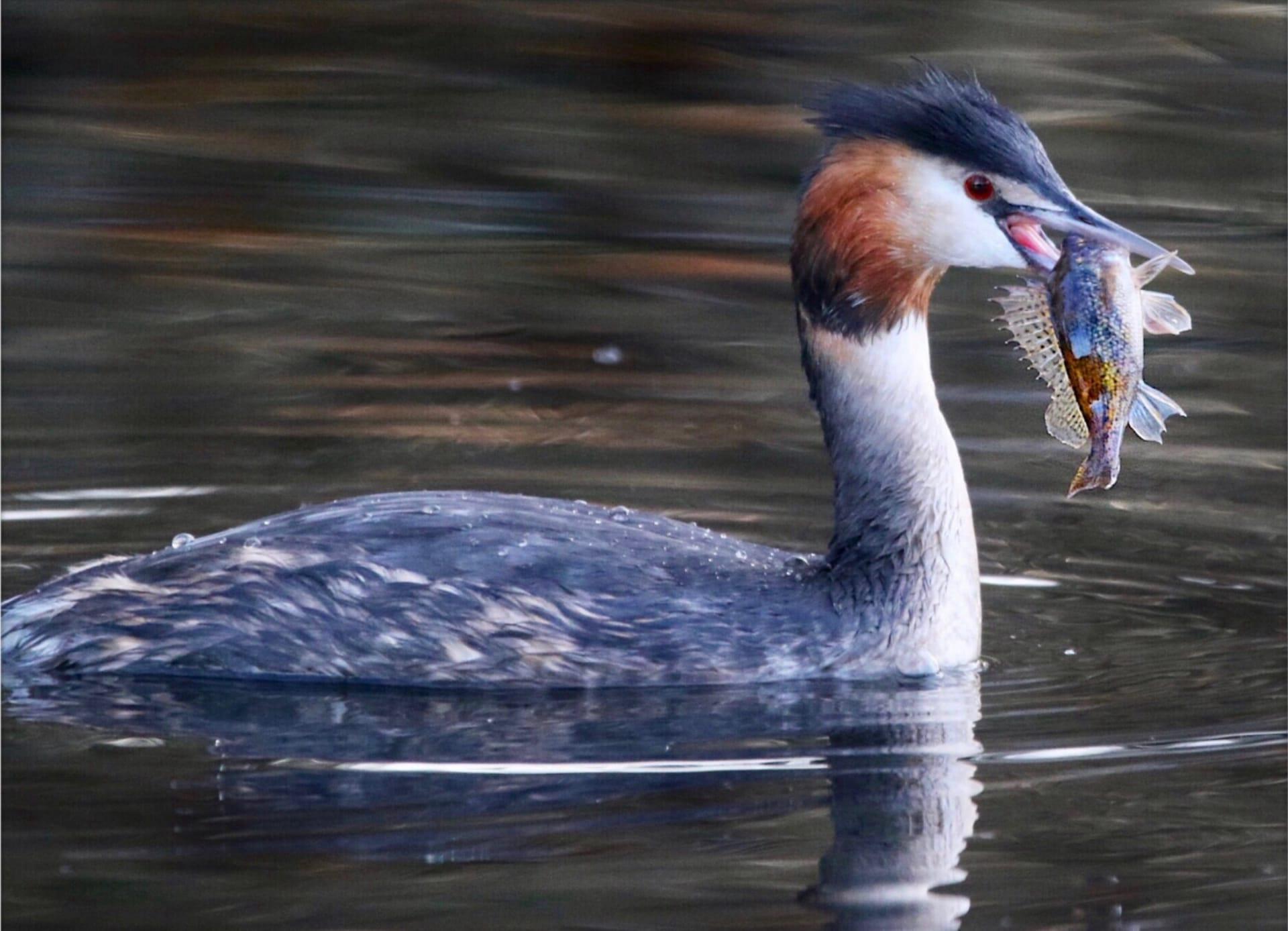Grebe Characteristics
- Home /
- Mini Encyclopedia /
- Animal /
- Grebe Characteristics
1
Grebes are fascinating aquatic birds known for their distinctive physical characteristics. They typically measure between 23 to 71 centimeters in length, depending on the species. These birds are not overly hefty, with their weight ranging from 120 grams to a maximum of around 1.5 kilograms. Grebes have a lifespan that varies by species, but on average, they can live up to 10-15 years in the wild. Their streamlined bodies are well-adapted for swimming and diving, a key aspect of their survival.
One of the most remarkable organs of a grebe is its feet. Unlike most birds, grebes have lobed toes rather than webbed feet. These lobes provide increased surface area, making their feet effective paddles for swimming. This adaptation is crucial for their aquatic lifestyle, aiding in propulsion and maneuverability underwater. Grebes' feet are set far back on their bodies, a feature that enhances their swimming ability but makes walking on land quite awkward.

2
Question: Why do grebes carry their young on their backs?
Answer: Grebes are known for a unique behavior where they carry their chicks on their backs. This practice serves multiple purposes. Firstly, it provides the chicks with protection from aquatic predators, as they are safely tucked away while the parent swims. Secondly, it helps in temperature regulation, keeping the chicks warm and sheltered. Lastly, this behavior allows the young birds to conserve energy and learn from their parents, observing and mimicking their hunting and diving techniques.

3
Grebes exhibit remarkable locomotive traits, especially in their aquatic environment. They are excellent swimmers and divers, using their lobed feet to propel themselves underwater. Grebes can dive to depths of up to 20 meters, holding their breath for about 30 seconds. During these dives, they primarily search for food, navigating with agility and speed.
In terms of hunting and feeding, grebes are predominantly piscivorous, meaning they primarily feed on fish. Their diet also includes small aquatic creatures like crustaceans and insects. Grebes have sharp, pointed beaks ideal for catching and holding slippery prey. Their diving skill is critical for hunting, as they often catch their prey underwater, using their keen eyesight and swift movements.

4
Grebes inhabit a range of aquatic environments, including freshwater lakes, rivers, and marshes, as well as saltwater estuaries. These birds prefer habitats with abundant aquatic vegetation, which provides cover and nesting materials. The presence of open water for swimming and diving is also crucial for their survival.
When it comes to reproduction, grebes are known for their elaborate courtship displays, which include synchronized dancing and vocalizations. They build floating nests anchored to aquatic plants. Most species are monogamous, at least for the breeding season. The female typically lays 3-6 eggs, which both parents incubate. The chicks are precocial, meaning they are relatively mature and mobile from the moment of hatching.

5
Book: "The Secret Lives of Grebes" by Jonathan Smith (UK, 1998) offers an in-depth look into the unique behaviors and lifestyle of grebes. Smith, an ornithologist, provides detailed observations of their mating rituals, parenting habits, and survival strategies. The book is rich in anecdotes and insights from his years of field research.
Book: "Grebes of the World" by Sylvia A. Johnson (USA, 2003) is an extensive guide covering various grebe species across the globe. Johnson, a wildlife biologist, compiles comprehensive profiles of different grebes, including their physical characteristics, habitats, and conservation status. The book is a valuable resource for bird enthusiasts and researchers alike.